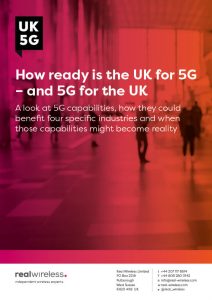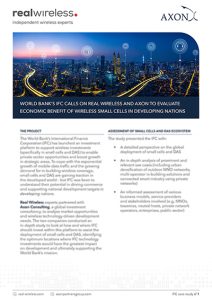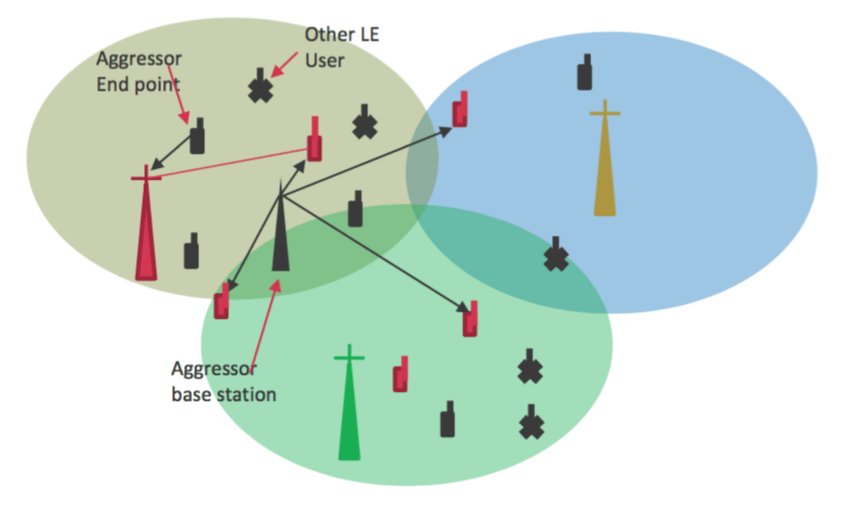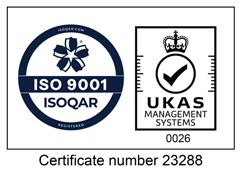While the carrier community is celebrating the steady arrival of 3GPP defined cellular IoT that will enable the use of existing GSM networks with minimal impact through upgrades, there remains significant interest in alternative solutions in the unlicensed space.
Some of this interest comes from service providers who lack access to licensed spectrum, but the majority is being driven by use cases where the long range, extended battery life, and very low cost of Low Power Wide Area (LPWA) wireless technologies is a fundamental necessity. What is emerging though is a fragmented area of largely proprietary solutions, making it difficult for users to decide on which option best suits their particular use case.
The key approaches to unlicensed M2M connectivity can be split in to two groups: UltraNarrowBand (UNB) technologies; and those that employ some form of spread spectrum modulation (SSM).
Growth forecasts for the M2M market underline the need for these LPWA systems to be able to co-exist in license exempt spectrum and that any LPWA solution should be able to support many connected devices – and this requirement is only going to become more important over time as the number of devices increases.
Real Wireless recently carried out a study that compared the levels of interference between networks using these two different physical layer architectures. This required us to model a scenario in which a UNB and a SSM network had overlapping coverage areas and various other sources of interference, including non-LPWA users, in order to study the ability of both technologies to mitigate interference.
This insight gained was that UNB and spread spectrum modulation networks can only effectively co-exist in very low capacity deployments. Shared channel operation, either between a SSM and a UNB network, or two SSM networks, would result in mutual interference and uplink blocking of both networks, except in cases of very low simultaneous user numbers.
In other words, the reality is that a SSM LPWA network architecture should be considered a ‘bad neighbour’, and multiple unlicensed IoT networks can only effectively share access to spectrum when they all also share a UNB architecture. However, given the number of use cases for these technologies, they will undoubtedly coexist in one location. As a result, this study has significant implications for technology choices in this important growth market.
To find out more about our study and approach to modelling of unlicensed IoT solutions, download our new white paper today.
